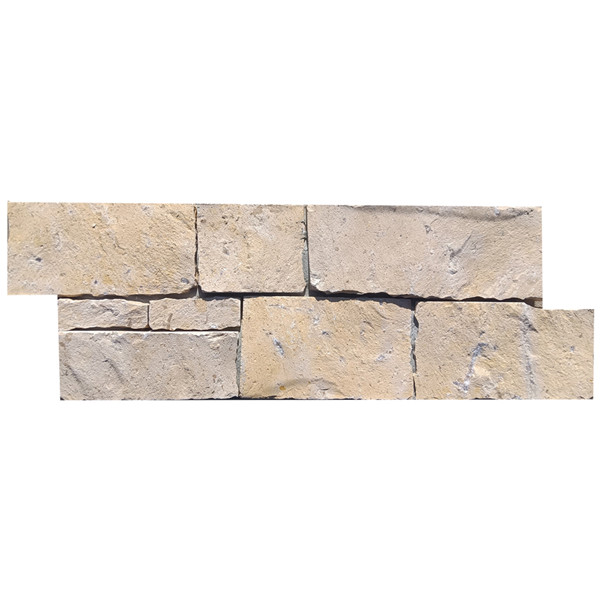Introduction
European cultured stone has been a popular choice for architectural and design projects for centuries. Known for its timeless beauty, durability, and versatility, this type of stone has been used in a wide range of applications, from historic buildings to modern homes. In this article, we will explore the history, characteristics, benefits, and applications of European cultured stone in detail.
History of European Cultured Stone
The use of stone in European architecture dates back thousands of years, with ancient civilizations such as the Greeks and Romans using natural stone to construct magnificent structures that still stand today. Over time, as demand for stone grew, craftsmen began to develop new techniques to replicate the look and feel of natural stone using more cost-effective and readily available materials.
The origins of European cultured stone can be traced back to the 18th century, when artisans in Italy and France started producing artificial stone using a combination of cement, aggregates, and natural pigments. This new material allowed designers and architects to achieve the aesthetic appeal of natural stone at a fraction of the cost.
https://www.fs-slate.com/what-is-stone-veneer-and-why-should-you-choose/ of European Cultured Stone
European cultured stone is crafted to mimic the appearance and texture of natural stone, making it virtually indistinguishable to the naked eye. It is available in a wide range of colors, shapes, and sizes, allowing for endless design possibilities. Some common characteristics of European cultured stone include:
1. Texture: European cultured stone is designed to replicate the texture of natural stone, with realistic details such as veins, grains, and weathered surfaces.
2. Color: Cultured stone can be customized to match the color palette of natural stone, offering a wide range of options from earthy browns and greys to vibrant reds and blues.
3. Durability: European cultured stone is highly durable and resistant to wear and tear, making it an ideal choice for both interior and exterior applications.
4. Versatility: Cultured stone can be used in a variety of applications, including facades, fireplaces, accent walls, and landscaping features, giving designers the flexibility to create unique and stunning designs.
Benefits of European Cultured Stone
There are several key benefits to using European cultured stone in architectural and design projects:
1. Cost-Effective: European cultured stone is more affordable than natural stone, making it a cost-effective option for homeowners and businesses looking to achieve the look of stone without breaking the bank.
2. Lightweight: Cultured stone is lighter in weight than natural stone, making it easier to transport, handle, and install, while still maintaining the appearance of real stone.
3. Easy Maintenance: European cultured stone requires minimal maintenance compared to natural stone, as it is less porous and more resistant to staining and weathering.
4. Sustainability: Cultured stone is an eco-friendly option, as it reduces the need for quarrying natural stone, which can have a negative impact on the environment.
Applications of European Cultured Stone

European cultured stone can be used in a wide range of applications, both indoors and outdoors. Some common uses of cultured stone include:
1. Exterior Facades: Cultured stone is often used to enhance the exterior of buildings, adding a touch of elegance and sophistication to any architectural style.
2. Fireplaces: Cultured stone fireplaces create a warm and inviting focal point in any room, with the appearance of natural stone without the hefty price tag.
3. Accent Walls: Cultured stone accent walls can add texture and visual interest to a space, creating a stunning backdrop for furniture and decor.
4. Landscaping Features: Cultured stone can be used to create beautiful landscaping features such as retaining walls, garden beds, and pathways, adding a natural touch to outdoor spaces.
Conclusion
European cultured stone is a versatile and cost-effective alternative to natural stone, offering the same aesthetic appeal and durability with added benefits such as easy maintenance and sustainability. Whether used in exterior facades, fireplaces, accent walls, or landscaping features, cultured stone adds a timeless elegance to any architectural or design project. Consider incorporating European cultured stone into your next project to create a lasting impression that will stand the test of time.
